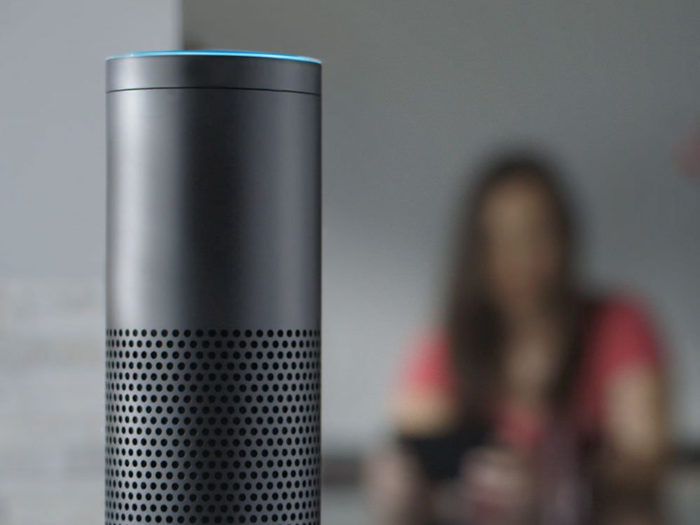The Pentagon is piloting gait-recognition tech that identifies people's walk based on the movements of their smartphone.
In a different iteration of gait recognition, the Pentagon is reportedly testing software that would enable a smartphone to identify who's carrying it based on their walking pattern, according to the Washington Post. The technology could theoretically be used to quickly deactivate government agents' smartphones if they are stolen.
Researchers are also developing gait-recognition tech that could identify pedestrians using sensors in the floor.
Researchers at the University of Manchester developed software that can use "floor-only sensor data" to identify specific people based on the rhythm of their walk without the aid of any visuals.
The Pentagon has commissioned a laser that can identify people by their heartbeat from 200 yards away.
The device, known as the Jetson, uses laser vibrometry to detect "surface movement" generated by a person's heartbeat, according to the MIT Technology Review. The laser works through clothes, and can match heartbeats to a database of "cardiac signatures" to identify individuals.
Researchers developed a technique to turn home WiFi devices like Amazon Echo and Google Nest into "adversarial motion sensors."
In a paper entitled "Et Tu Alexa?," researchers from the University of Chicago and University of California at Santa Barbara wrote that hackers can easily use WiFi devices in peoples' homes to detect when humans are moving around based on WiFi interference. The findings mean WiFi can be used as a surveillance tool to detect whether someone is physically located inside a specific structure. However, the detection technology is not capable of distinguishing between different humans, or even between humans and large animals.
An MIT researcher suggests that WiFi signals could be combined with heartbeat detection and AI to remotely track people's emotions.
The technology is still mostly theoretical, but an MIT researcher developed a concept for artificial intelligence software that can track users' motions and heart rate using wireless sensors and predict their emotional state accordingly.
Algorithms could track people using the 36 million microbial cells per hour that each human emits.
Algorithms could potentially be turned towards tracking microbial cells — bacteria that lives inside our bodies — that people constantly emit, according to Wired. A 2015 study found that the microbial cells can be effectively used to identify specific individuals with up to 80% confidence.
Scientists even developed a prototype for a biometric car seat capable of butt-recognition.
Tokyo-based engineers developed a car seat that recognizes the shape of users' rear and their weight, according to Wired. The technology is theoretically meant to prevent car theft, but has not yet hit the market — however, it illustrates the sheer range of biometric data that can potentially be gauged by artificial intelligence.







